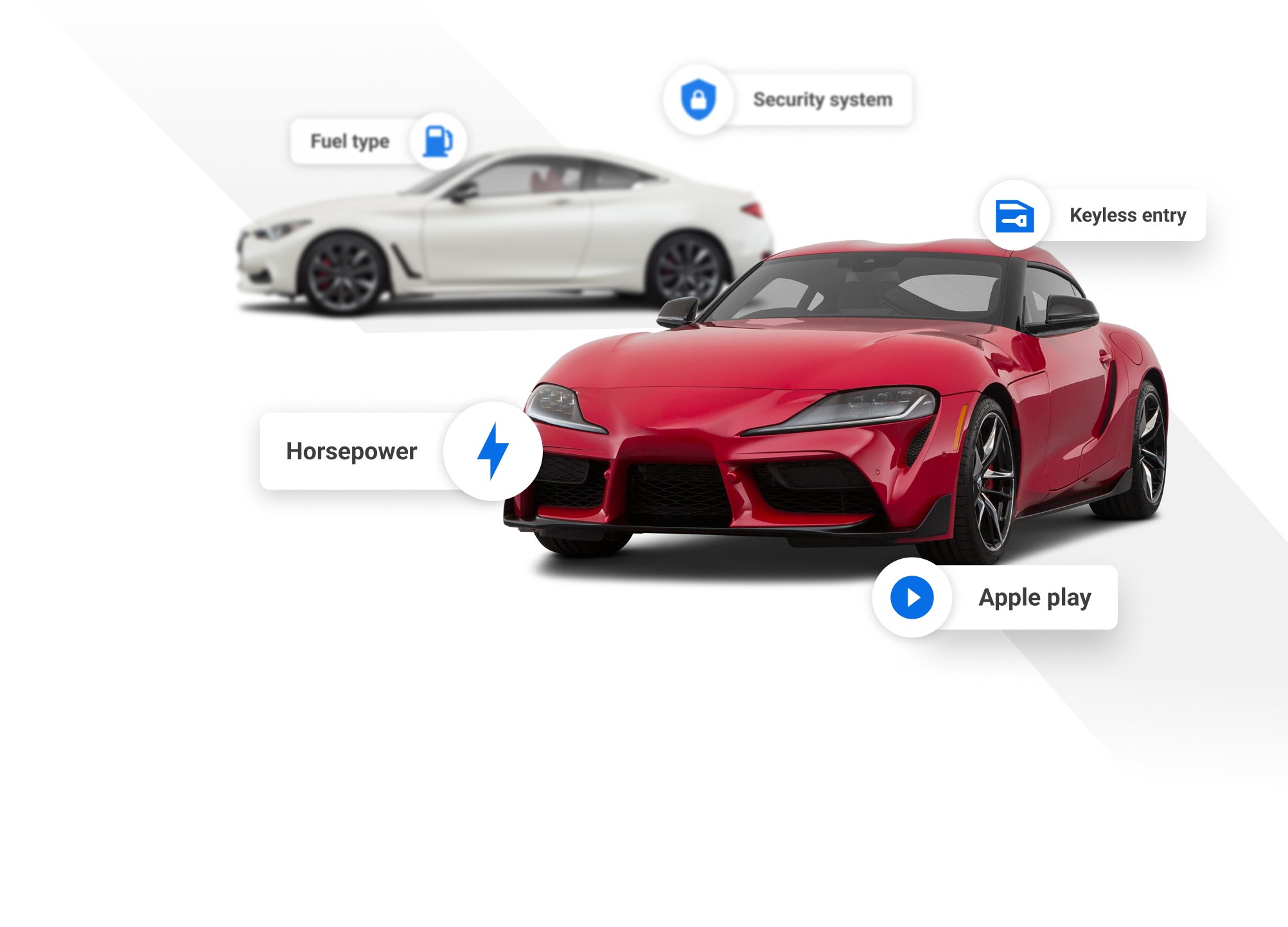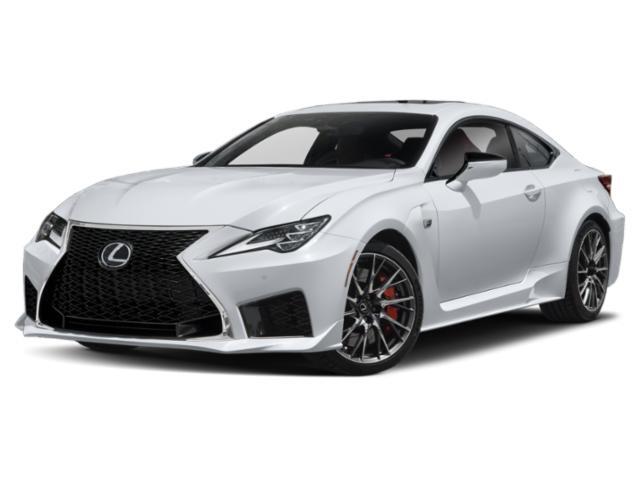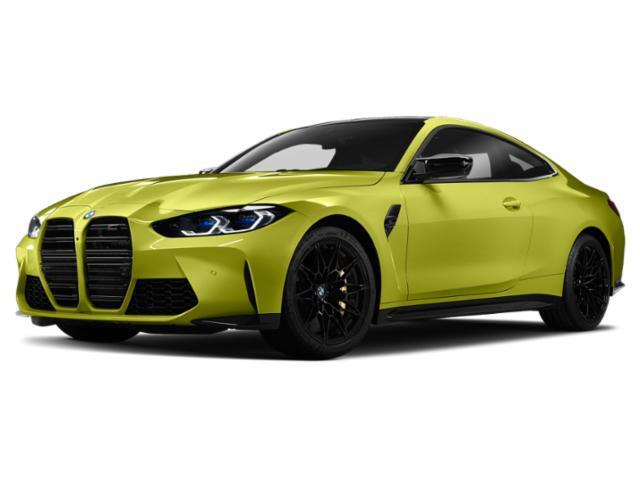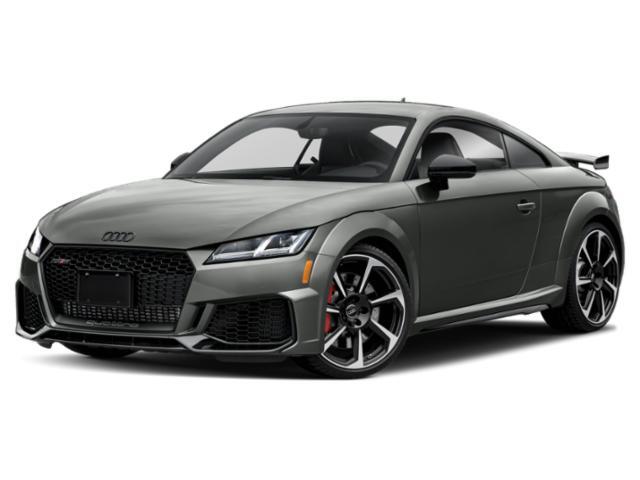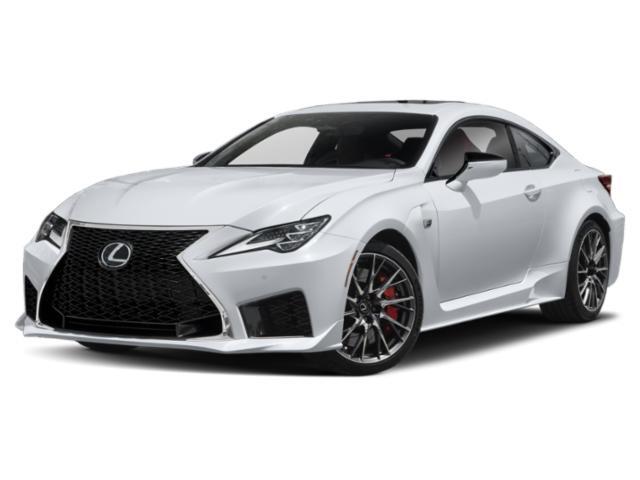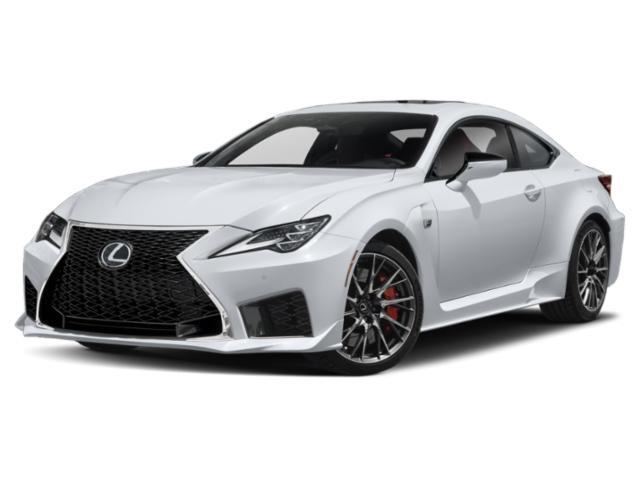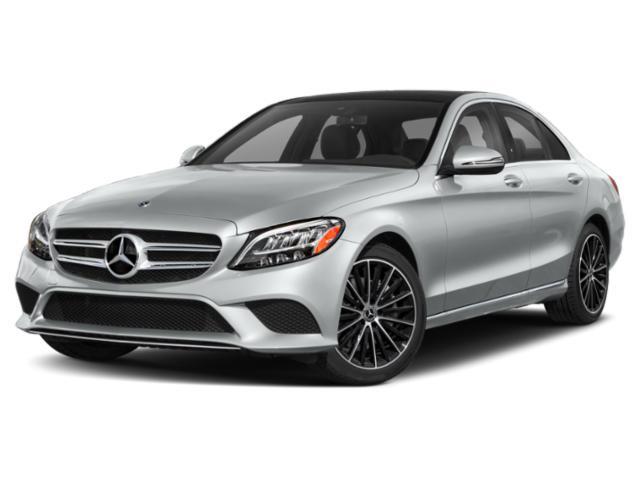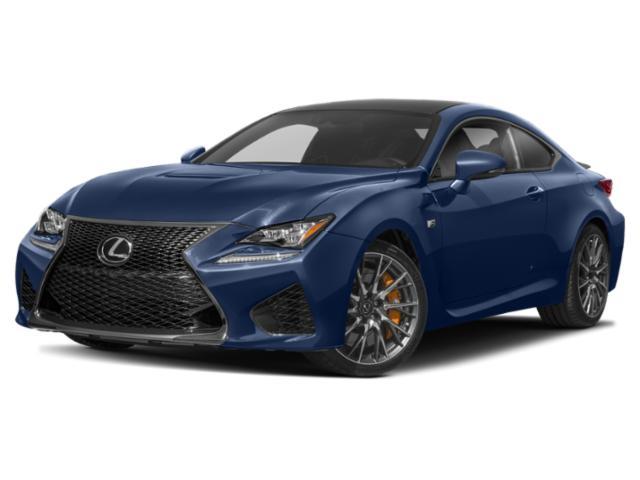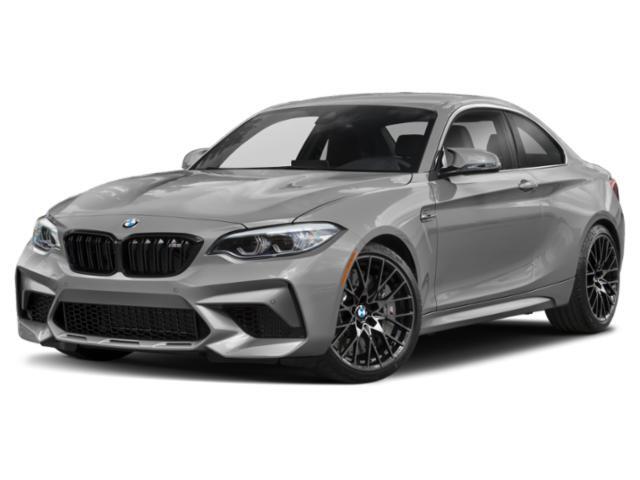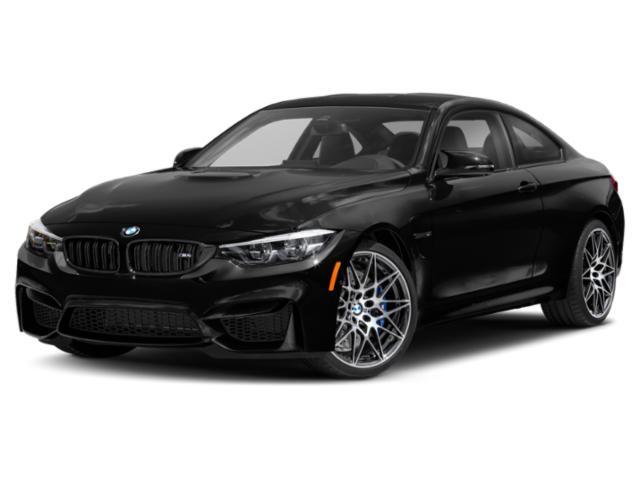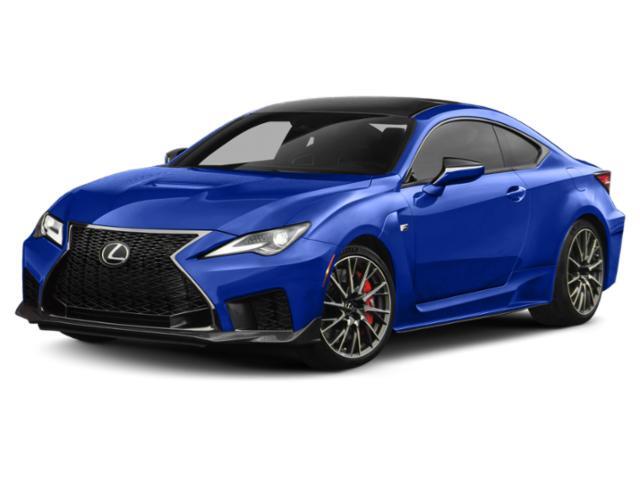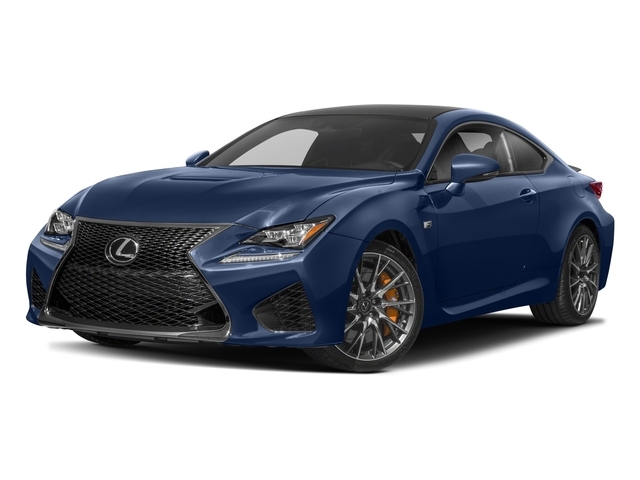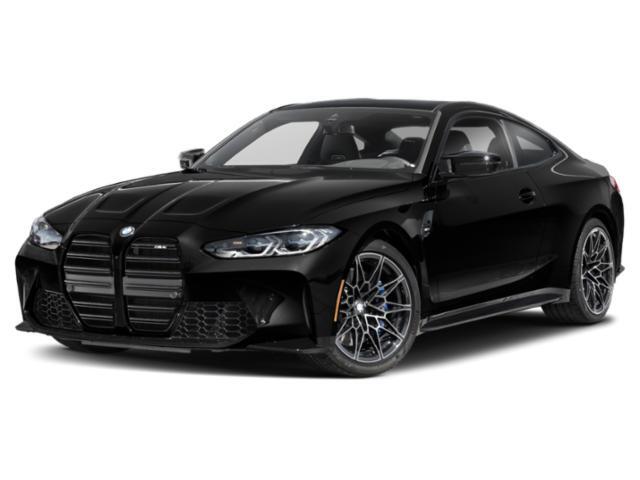
2021 BMW M2

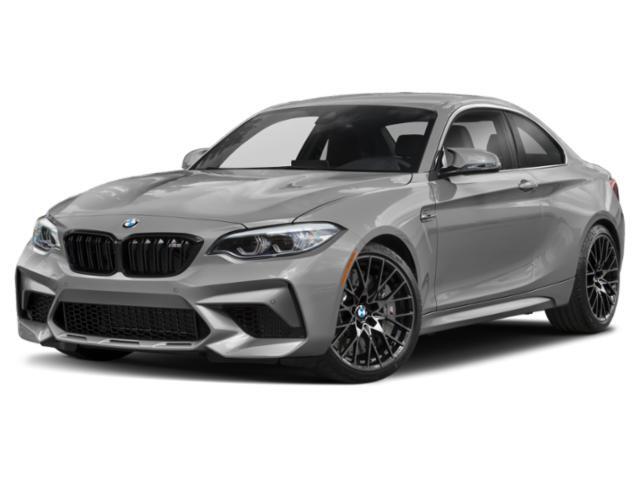
Key Specifications for 2021 BMW M2






Buyer’s Guide
History/Overview
The BMW M2 is the entry point to the brand’s performance car lineup as a hotter version of the 2 Series coupe. Small and nimble, it’s a spiritual successor to the M3 of decades past. BMW introduced the M2 in 2016 and has given the car only minor updates since; the M2 is unchanged for 2021.
Available Trims
BMW sells the M2 in a single trim powered by a twin-turbo 3.0L inline six-cylinder engine with a six-speed manual transmission and rear-wheel drive. A dual-clutch automatic is optional.
Standard Features
M2’s standard exterior and functional features are engine auto start/stop, M sport brakes, passive keyless entry, auto-dimming side mirrors, adaptive LED headlights, and gloss black exterior trim.
Inside, you get a heated steering wheel, a universal garage door remote, an auto-dimming rearview mirror, heated power sport seats with driver memory, a folding rear seat, carbon fibre trim, automatic climate control, navigation, satellite radio, Apple CarPlay, and a black headliner.
The M2’s safety kit comprises front and rear parking sensors, rain-sensing wipers, adaptive cruise control, forward collision alert with automatic braking, a driver attention alert, and automatic high beams.
Key Options
M2’s options include a sunroof; an upgraded stereo; wireless smartphone charging; a speed limit alert; a WiFi hotspot; the dual-clutch automatic gearbox; and a performance exhaust. You can also add an M driver’s package that allows a higher top speed and opens the door to a professional BMW driver training session.
Fuel Economy
BMW’s fuel consumption estimates for the M2 are 13.4/9.6 L/100 km (city/highway) with the manual transmission, and 14.3/10.4 L/100 km with the automatic.
Competition
For direct competitors for the M2, you’ll do best to stay within Germany. Audi’s RS3 lines up nicely, along with the Mercedes-AMG 45 and certain Porsche 718 Cayman models, starting with the S, GTS and GT4 variants.
Photos

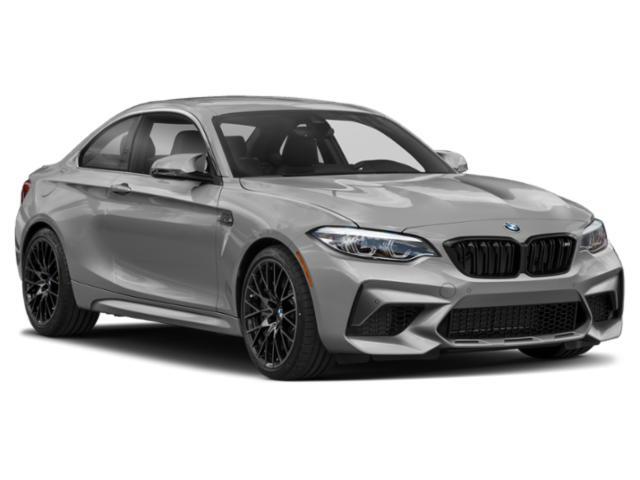
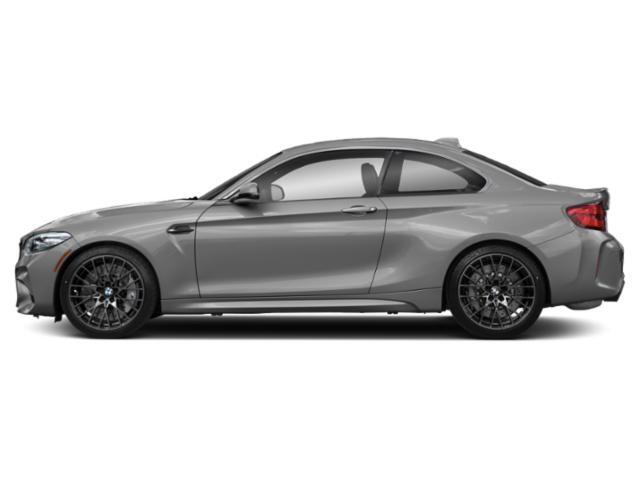
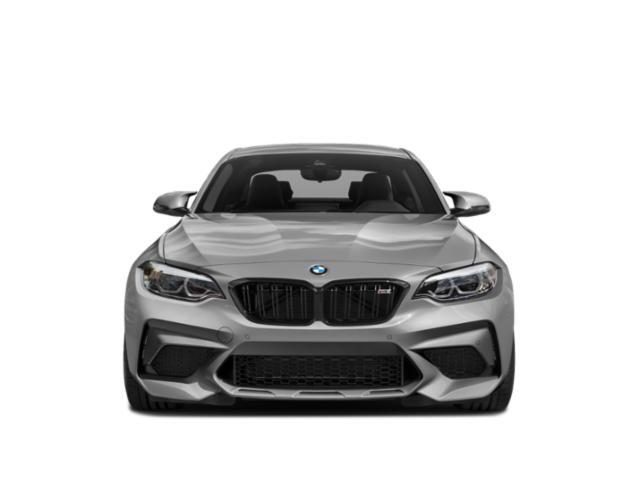
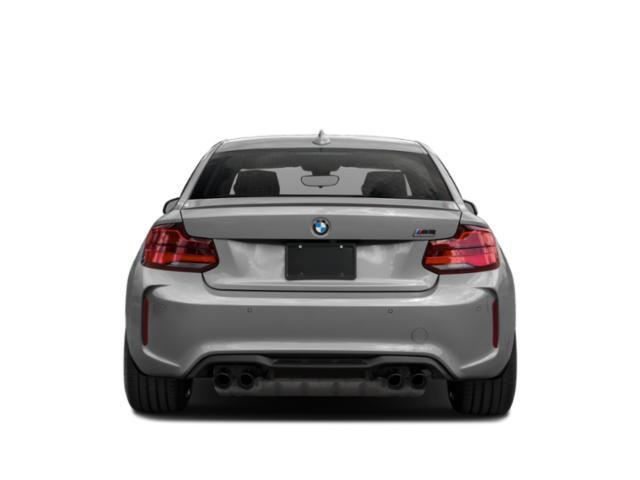
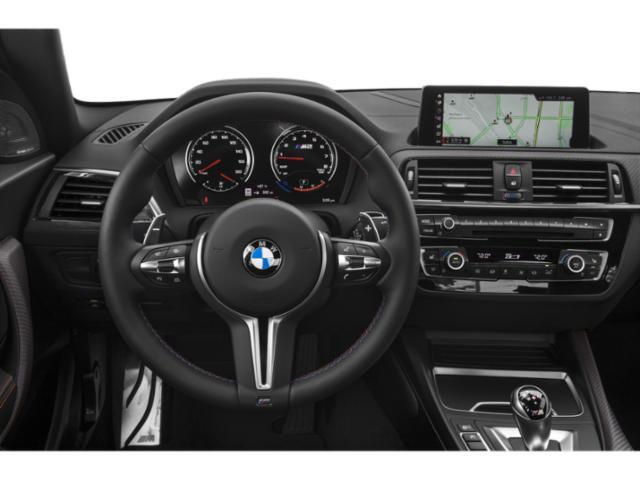

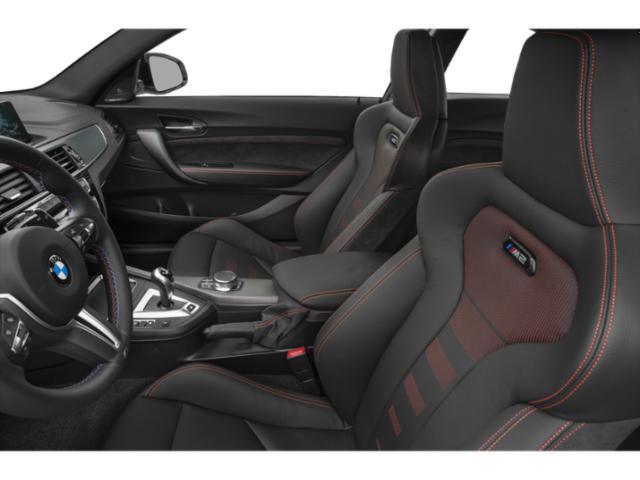
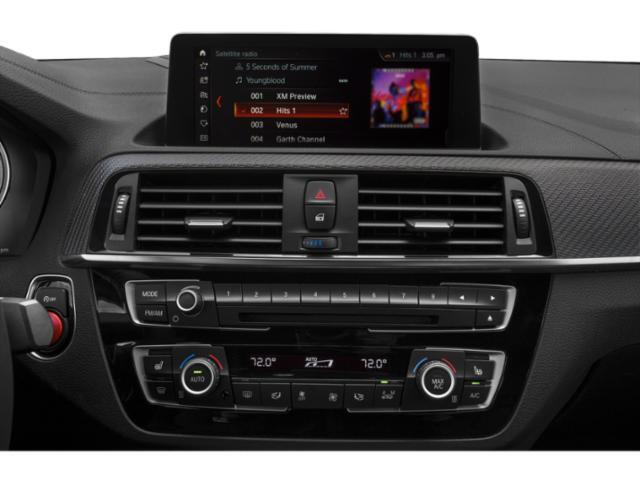

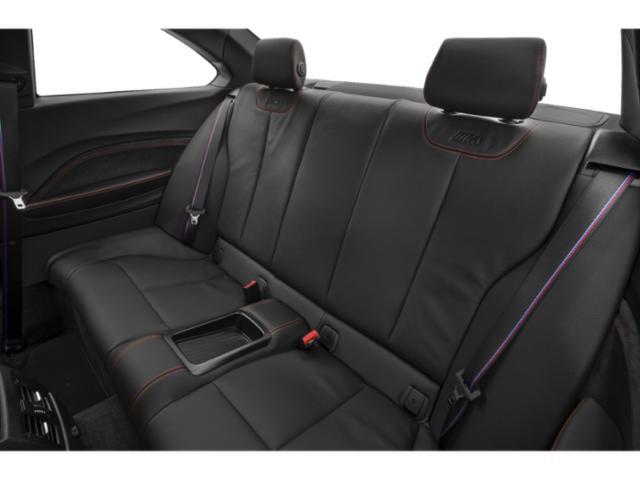
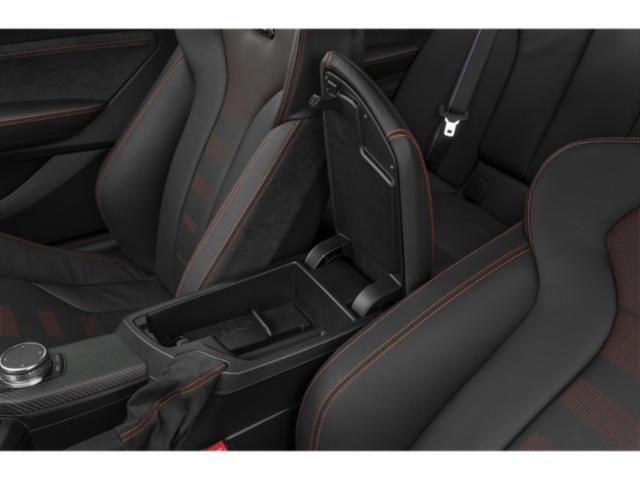
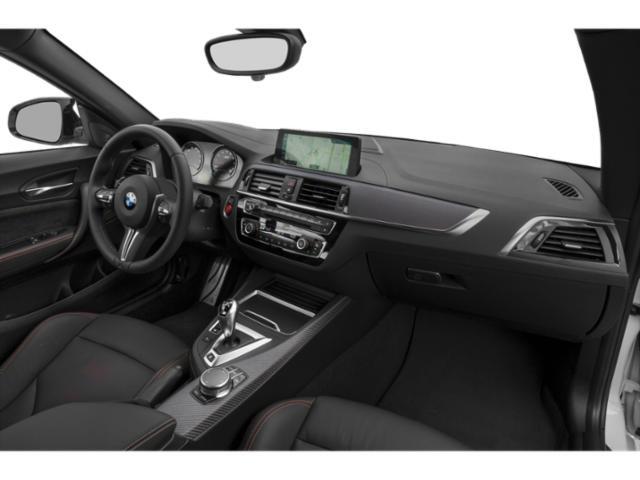
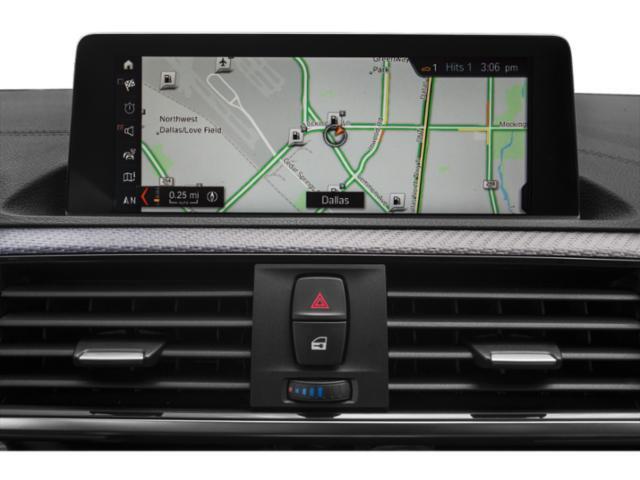














AutoTrader Review





